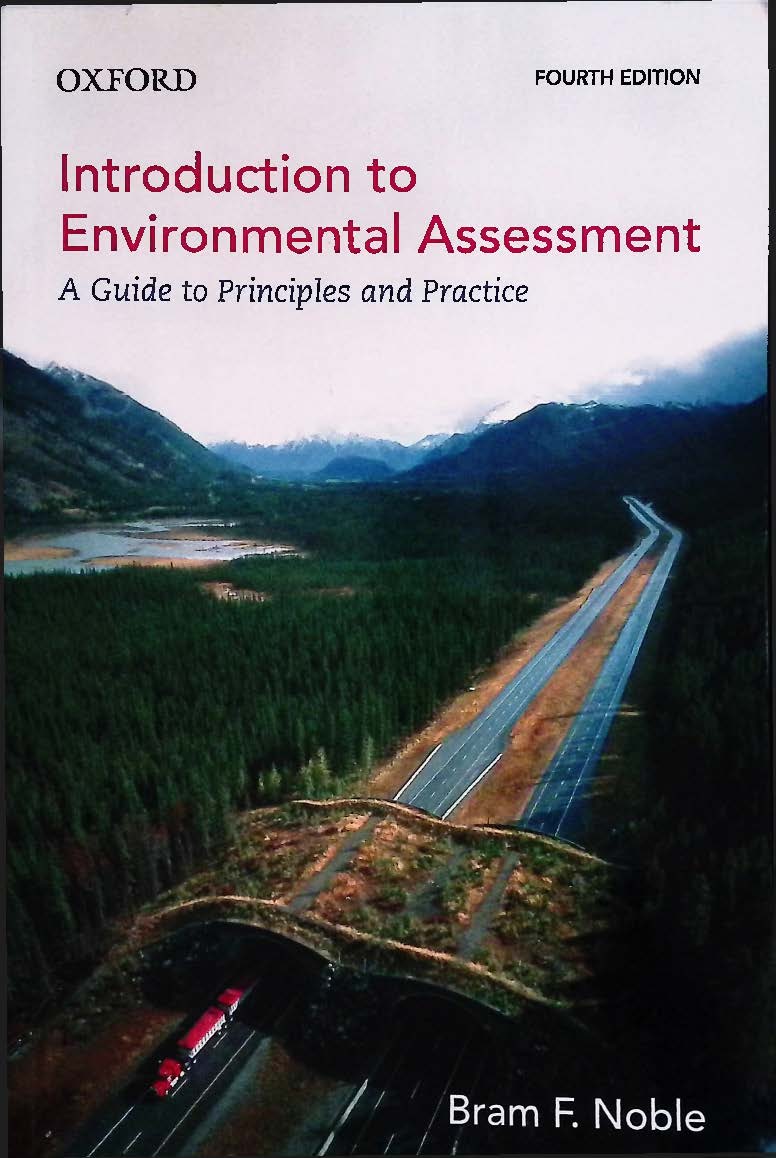Download Introduction to Environmental Assessment: A Guide to Principles and Practice PDF Free - Full Version
Download Introduction to Environmental Assessment: A Guide to Principles and Practice by Bram F. Noble in PDF format completely FREE. No registration required, no payment needed. Get instant access to this valuable resource on PDFdrive.to!
About Introduction to Environmental Assessment: A Guide to Principles and Practice
Environmental assessment (EA) in Canada is in a constant state of change. Although<br>most changes seem to be incremental, they have largely been positive. Since the first<br>edition of this book in 2006, federal EA legislation has been repealed and replaced<br>twice: the Canadian Environmental Assessment Act, 2012 and the Impact Assessment<br>Act, 2019. Several provincial and territorial jurisdictions have also introduced<br>revisions to EA legislation and regulations, with British Columbia being the first to<br>introduce legislation to implement commitments under the United Nations Declaration<br>on the Rights of Indigenous Peoples. The period from 2006 to the present has<br>also witnessed an increasing public awareness of the EA brand name—sometimes for<br>good, as illustrated by increasing demand for more regional and strategic EA systems<br>to tackle complex policy and cumulative effects challenges; sometimes not so good,<br>as illustrated by the politicizing of EA and pipelines of misinformation about EA’s<br>impact on Canadas oil and gas sector.<br>Given this context, it can be quite challenging, if not impossible, to generate<br>a text that captures the currency of EA legislation and regulations. This fourth edition<br>was started as Bill C-69 was making its way to royal ascent and was completed<br>in the months immediately following the 2019 federal election—both events meant<br>much uncertainty about the future of federal EA. The first three editions of this text<br>were tightly coupled with EA legislation. This fourth edition takes a slightly different<br>direction, stepping back from legislation and focusing on the foundational principles<br>and practices that characterize “good” EA—regardless of the prevailing legislation<br>or jurisdiction of application. Of course, as a text about EA it is still important<br>to introduce underlying legislative provisions, since this is what ultimately sets the<br>minimum standard of practice. But the fourth edition does so only to illustrate the<br>diversity of practice—not to critique or “teach” EA requirements.<br>This book is written for the student of EA—the current and future practitioner,<br>regulator, and decision-maker.</br></br></br></br></br></br></br></br></br></br></br></br></br></br></br></br></br></br></br></br></br></br></br></br></br></br>
Detailed Information
| Author: | Bram F. Noble |
|---|---|
| Publication Year: | 2021 |
| ISBN: | 199028893 |
| Pages: | 306 |
| Language: | other |
| File Size: | 38.6901 |
| Format: | |
| Price: | FREE |
Safe & Secure Download - No registration required
Why Choose PDFdrive for Your Free Introduction to Environmental Assessment: A Guide to Principles and Practice Download?
- 100% Free: No hidden fees or subscriptions required for one book every day.
- No Registration: Immediate access is available without creating accounts for one book every day.
- Safe and Secure: Clean downloads without malware or viruses
- Multiple Formats: PDF, MOBI, Mpub,... optimized for all devices
- Educational Resource: Supporting knowledge sharing and learning
Frequently Asked Questions
Is it really free to download Introduction to Environmental Assessment: A Guide to Principles and Practice PDF?
Yes, on https://PDFdrive.to you can download Introduction to Environmental Assessment: A Guide to Principles and Practice by Bram F. Noble completely free. We don't require any payment, subscription, or registration to access this PDF file. For 3 books every day.
How can I read Introduction to Environmental Assessment: A Guide to Principles and Practice on my mobile device?
After downloading Introduction to Environmental Assessment: A Guide to Principles and Practice PDF, you can open it with any PDF reader app on your phone or tablet. We recommend using Adobe Acrobat Reader, Apple Books, or Google Play Books for the best reading experience.
Is this the full version of Introduction to Environmental Assessment: A Guide to Principles and Practice?
Yes, this is the complete PDF version of Introduction to Environmental Assessment: A Guide to Principles and Practice by Bram F. Noble. You will be able to read the entire content as in the printed version without missing any pages.
Is it legal to download Introduction to Environmental Assessment: A Guide to Principles and Practice PDF for free?
https://PDFdrive.to provides links to free educational resources available online. We do not store any files on our servers. Please be aware of copyright laws in your country before downloading.
The materials shared are intended for research, educational, and personal use in accordance with fair use principles.

